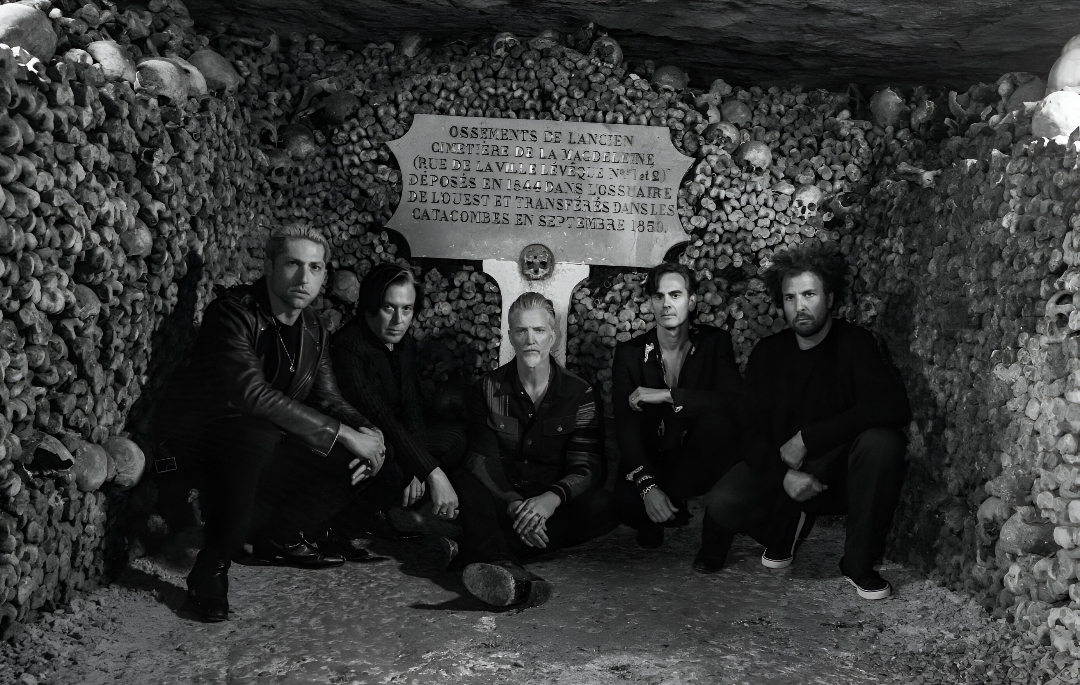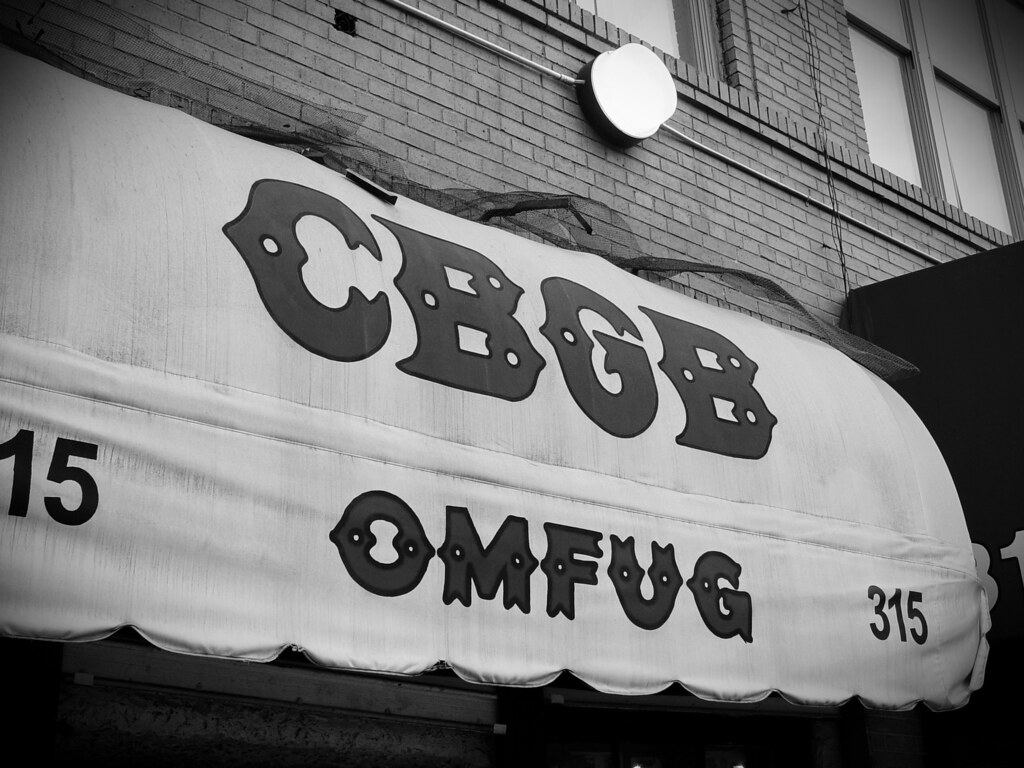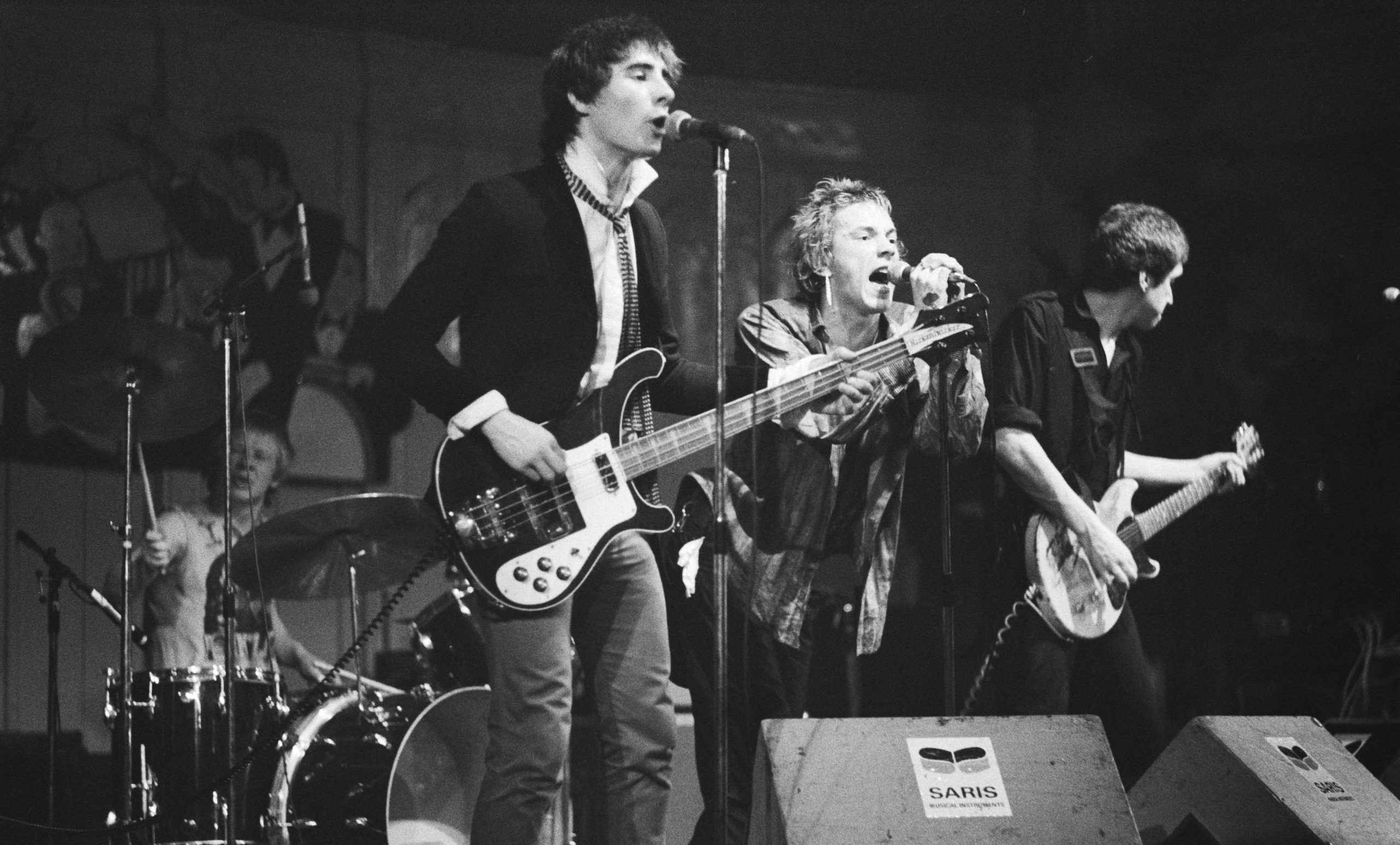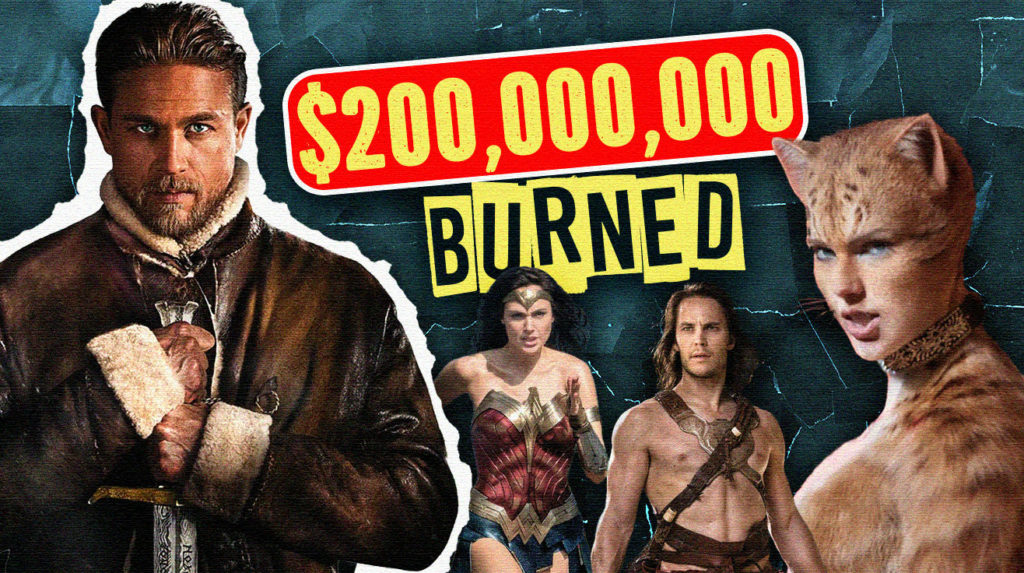
Studios burn cash right in front of us. When these films crash, executives scramble to bury their mistakes before the next summer blockbuster distracts everyone. These flops don’t happen in secret – they implode spectacularly in plain sight.
Hollywood runs on hope, not math. The entertainment business operates with less fiscal discipline than your shopaholic cousin with a new credit card. Nine-figure investments vanish overnight. Studio bosses nod solemnly after each disaster, promise change, then greenlight identical mistakes with fresh intellectual property. Let’s peek behind the curtain at these financial sinkholes.
18. Mulan (2020)

Empty theaters tell no lies. Disney’s pandemic-era gamble backfired spectacularly. Despite a $200 million budget, Mulan’s March 2020 theatrical release hit the pandemic wall, forcing immediate postponement as global theaters went dark.
The film limped to $70 million in limited theatrical release. Disney tried salvaging it with a $30 premium Disney+ release. Even topping streaming charts couldn’t prevent a $159 million loss. Mulan now serves as the perfect case study of big-budget filmmaking during market upheaval. Traditional release models broke, and studios still haven’t fully recovered.
17. The Adventures of Pluto Nash (2002)
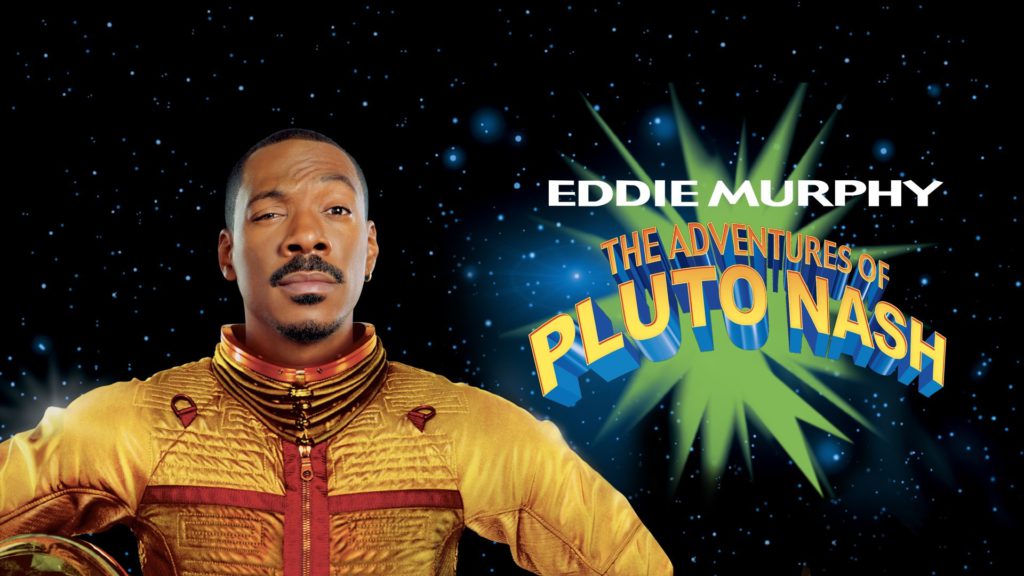
Eddie Murphy’s space comedy defied mathematical probability. The lunar-set adventure earned just $7 million against a $100 million budget plus another $20 million in marketing. Few films manage to lose 95 cents of every dollar invested.
It disappeared from theaters faster than free food at an office party. The 95% loss on investment remains a benchmark of financial catastrophe even decades later. Star power means nothing without basic storytelling competence. Hollywood keeps forgetting this lesson between franchise installments.
16. The Marvels (2023)
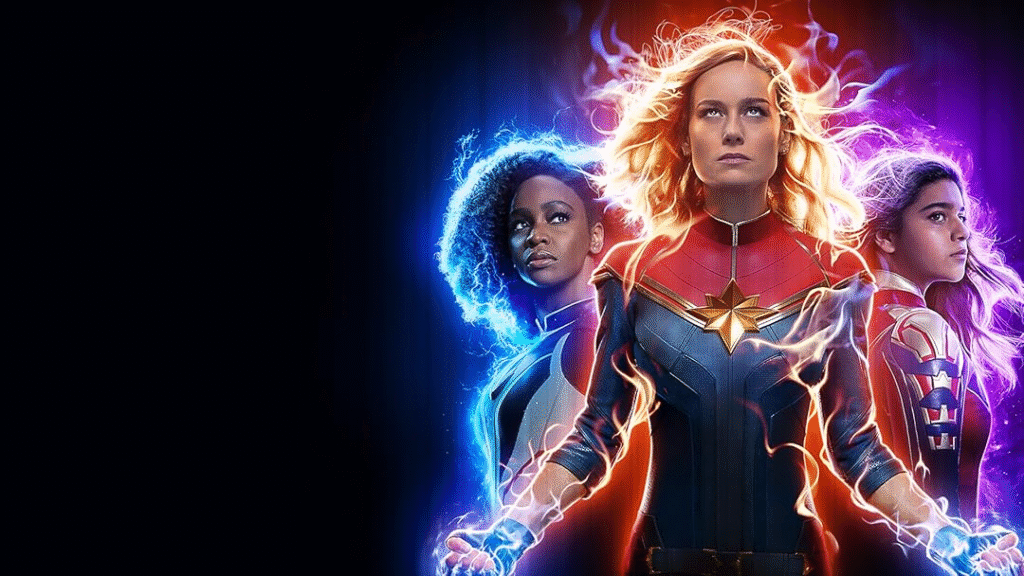
Superhero invincibility finally cracked. Disney’s Marvel machine sputtered with this female-led ensemble as audiences stayed home. Though $206.1 million sounds impressive, it flopped against the massive budget and franchise expectations that demanded far more.
The $237-245 million loss shocked studio executives. Compared to earlier Marvel entries, this represents a 30% decrease – statistical proof of potential franchise fatigue. Audience indifference prompted industry soul-searching about superhero oversaturation. The underperformance signals a potential shift in entertainment consumption patterns after a decade of cape dominance.
15. John Carter (2012)

Bad marketing kills movies. Disney’s adaptation of Edgar Rice Burroughs’ century-old Mars adventures flopped before selling a single ticket. Dropping “of Mars” from the title eliminated the only element that might have sparked curiosity – just one error in a cascade of marketing failures.
The film earned $284.1 million globally but needed over $600 million to break even. The $153-255 million loss came from fundamental marketing mistakes: unclear premise communication, poor introduction of unfamiliar source material, and failure to stand out in a crowded marketplace. Film schools now teach John Carter as the textbook case of marketing malpractice. Just as certain worst albums fail despite massive talent involved, this film demonstrates how even the most promising projects can collapse when marketing fundamentally misunderstands its audience.
14. Final Fantasy: The Spirits Within (2001)

Technology without emotion equals financial disaster. Square Pictures’ attempt at photorealistic animation pushed the bleeding edge of computer animation in 2001. The technical achievement impressed industry insiders but left audiences feeling uncomfortable as characters fell into the uncanny valley.
The ambitious project cost $137-190 million while earning just $85 million globally. The financial implosion bankrupted Square’s film division immediately. This lesson about prioritizing emotional connection over technical wizardry keeps getting ignored as technology advances faster than audience comfort.
13. The Lone Ranger (2013)
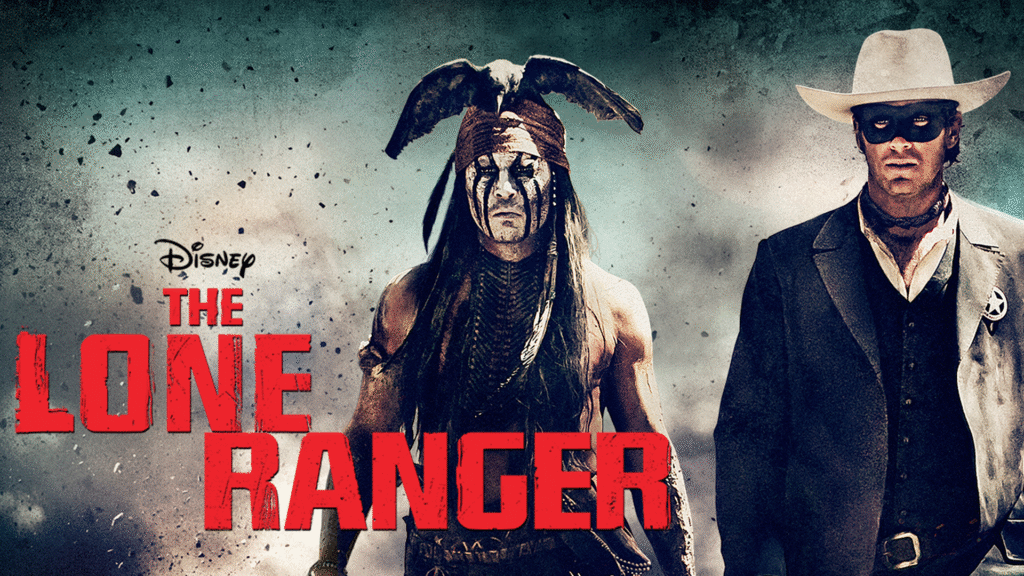
Nostalgia doesn’t pay bills. Disney tried resurrecting an American radio icon for modern audiences. The Pirates of the Caribbean dream team of Gore Verbinski, Jerry Bruckheimer, and Johnny Depp reunited for what seemed like easy money – until production costs ballooned so dramatically Disney almost shut down filming.
The western adventure earned $240 million worldwide but lost $190-256 million after marketing expenses. Not even two Oscar nominations for technical achievements could save its reputation. The flop exposed the danger of reviving classic characters without creating emotional connections for audiences who never heard the originals.
12. Cutthroat Island (1995)
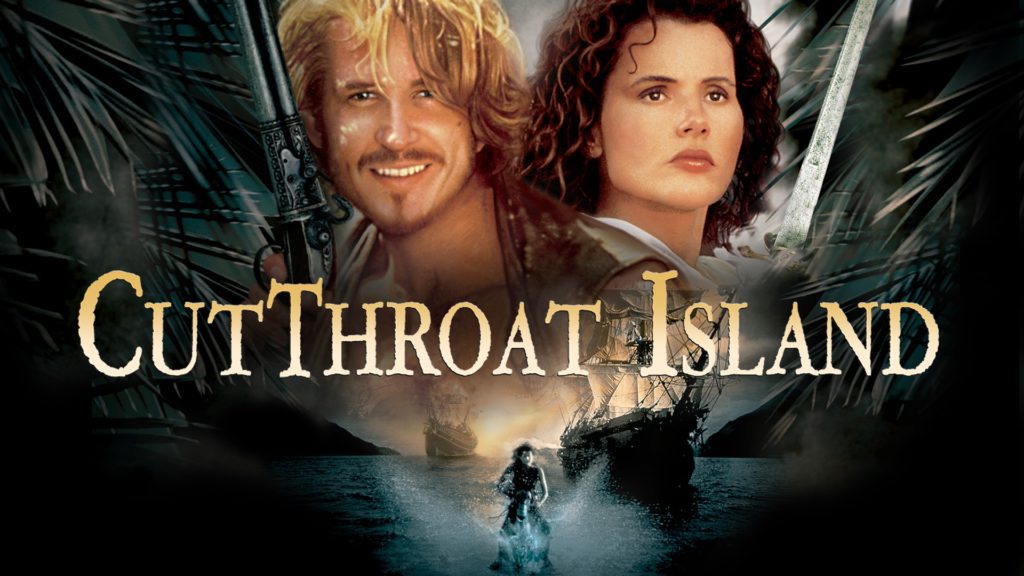
One film sank an entire studio. Renny Harlin’s pirate adventure triggered the collapse of Carolco Pictures amid production chaos and constant delays. Crew members abandoned ship while filming continued. When major stars declined, Geena Davis and Matthew Modine stepped into roles nobody wanted.
The $98 million would-be blockbuster grossed just $18.3 million and lost $217 million. This disaster scared studios away from pirate films for years. The Cutthroat Island shipwreck proves that no amount of money can fix a broken production process.
11. Mars Needs Moms (2011)
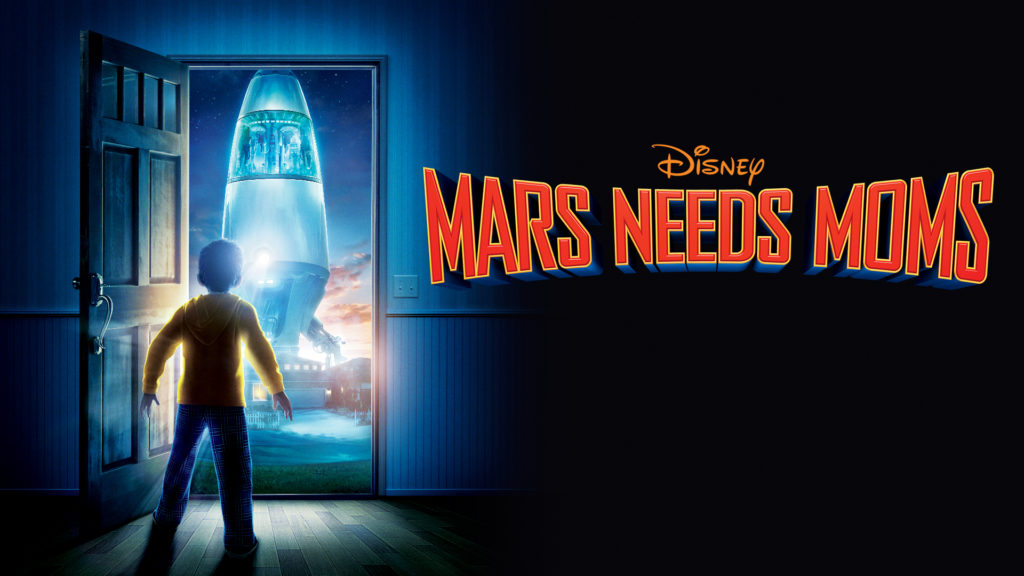
Some movies scare children by accident. Robert Zemeckis’ obsession with motion capture technology created technically impressive but emotionally unsettling results. The film proved that just because you can map human performances onto digital characters doesn’t mean you should.
Disney lost $140 million after the $150 million production earned just $39 million worldwide. The financial catastrophe ended Disney’s relationship with Zemeckis’ ImageMovers Digital studio. Kids cried at test screenings – not from emotional storytelling but from characters diving headfirst into the uncanny valley.
10. Mortal Engines (2018)
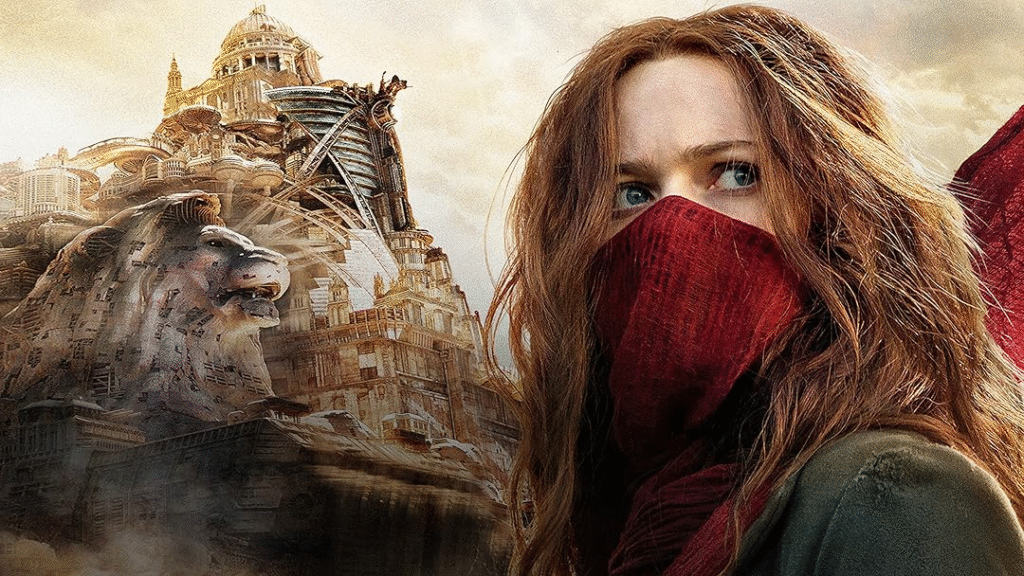
Pretty visuals can’t replace storytelling. Peter Jackson’s name typically guarantees fantasy success, but this adaptation of rolling cities devouring each other across wasteland landscapes proved visual spectacle alone can’t sustain audience interest.
The $100+ million production made just $83.7 million worldwide, burning a $204-219 million hole in Universal’s ledger. The steampunk cities-on-wheels looked great in trailers but felt hollow on screen. Even celebrated filmmakers fail when they forget the basics: story first, spectacle second.
9. Wonder Woman 1984 (2020)

Pandemic timing killed this superhero sequel. Following the acclaimed 2017 original, the 1980s-set adventure faced impossible conditions: pandemic-restricted theatrical capacity combined with simultaneous HBO Max streaming release. Success never had a chance.
The $169 million global theatrical haul translated to losses between $100-155 million against its $200 million budget. Add divisive critical reception, and you get the perfect storm of external obstacles and creative missteps. The high-profile stumble forced studios to rethink both budgets and distribution strategies during market uncertainty.
8. Battleship (2012)
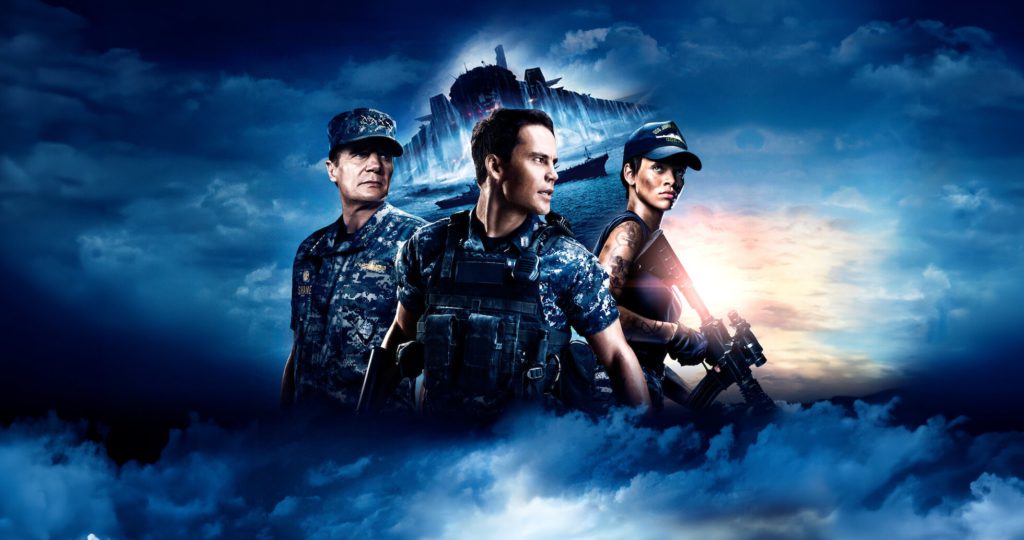
Board games make terrible movies. Universal’s desperate grab for pre-existing intellectual property transformed a plastic peg game into an alien invasion spectacle with a ballooning $220 million budget that required massive returns.
Despite earning $303 million worldwide – seemingly impressive – the film registered as a significant financial disappointment against its enormous costs. Audiences couldn’t buy the absurd premise of aliens attacking naval vessels based on a strategy-free board game. High-concept ideas need exceptional execution to overcome audience skepticism.
7. Cats (2019)

Technology transformed Broadway magic into nightmare fuel. Tom Hooper directed a constellation of stars including Idris Elba, Judi Dench, Taylor Swift, and James Corden. Then he covered them in digital fur effects that triggered more memes than ticket sales.
The $100 million production lost between $70-114 million despite the stage show’s decades-long success. The unprecedented post-release “patch” to fix visual effects confirmed the rushed production schedule. VFX artists worked 90-hour weeks creating imagery that actively repelled audiences.
6. The 13th Warrior (1999)
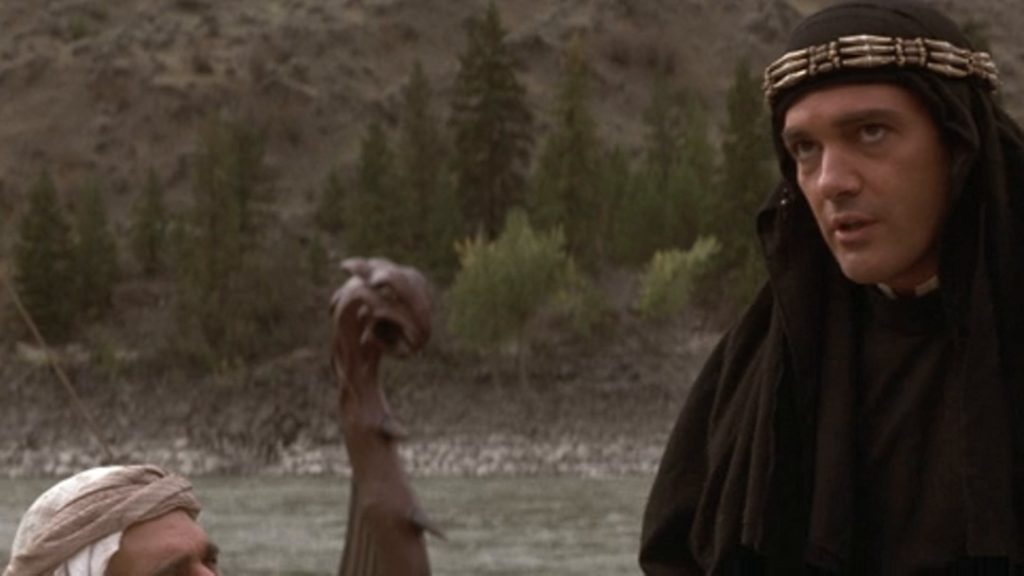
Antonio Banderas fighting Vikings sounds foolproof. Instead, the Michael Crichton adaptation showed how quickly budgets double when creative chaos takes over. Director John McTiernan watched helplessly as expensive reshoots and special effects drained the coffers.
The Viking epic earned just $61.7 million globally despite aggressive marketing, creating losses between $130-227 million. The film later found cult status among fans who appreciate its ambition – small consolation for the executives who approved its spiraling budget. Lack of clear vision destroys financial discipline faster than a Viking raiding party.
5. Sinbad: Legend of the Seven Seas (2003)
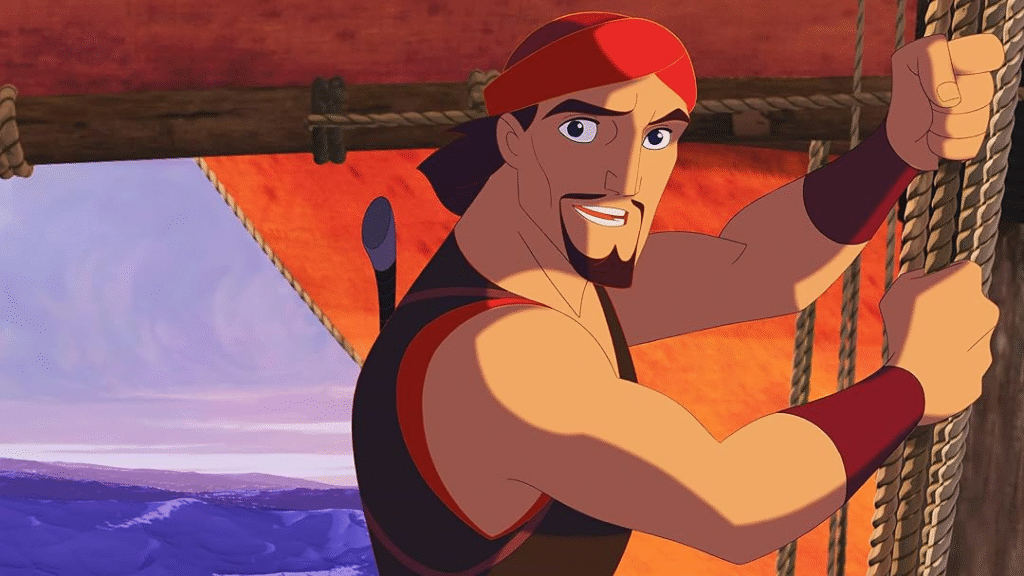
Famous voices can’t rescue poor writing. DreamWorks loaded their animated adventure with Brad Pitt, Michelle Pfeiffer, and Catherine Zeta-Jones – star power that ate a chunk of the $60 million budget yet failed to attract audiences.
The film barely recouped production costs with $80 million globally while drowning DreamWorks in $125-214 million in losses. The failure sank their traditional 2D animation department permanently. Familiar characters need fresh stories, not just celebrity voices – a lesson studios keep relearning the expensive way.
4. Strange World (2022)

Cultural evolution comes with financial risk. Disney’s animated adventure – their first animated feature with an openly LGBTQIA+ lead – represented a creative milestone. However, the studio misjudged market realities across different regions.
The film earned just $73.6 million globally, creating a $193-212 million loss. International markets refused screenings, pandemic habits kept families home, and marketing failed to generate interest despite positive reviews. Pushing creative boundaries requires balancing cultural progress with market awareness – a balance Disney missed completely.
3. Titan A.E. (2000)
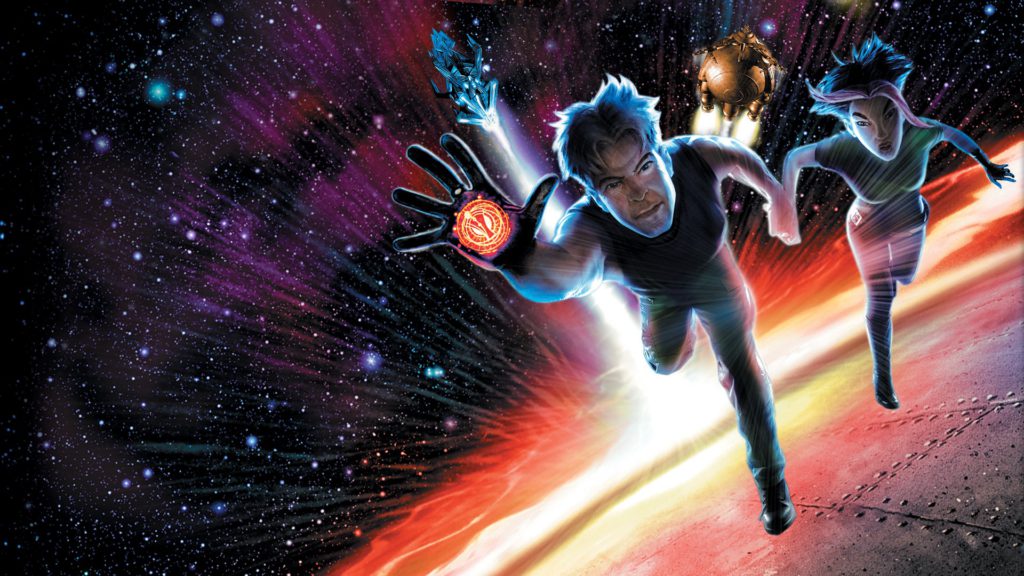
Innovation without marketing equals bankruptcy. Fox’s non-musical science fiction adventure targeted older audiences when animation still meant singing princesses and animal sidekicks. The experimental blend of traditional and computer animation looked impressive but found no audience.
The commercial failure lost Fox between $100-170 million and killed its animation division ten days after release. Titan A.E. later developed cult status among animation enthusiasts – too late to save jobs or recoup investments. Creative risk-taking needs market preparation, especially when challenging audience expectations about entire mediums.
2. King Arthur: Legend of the Sword (2017)

Premature universe-building backfires spectacularly. Guy Ritchie’s modernized Camelot cost $144-175 million and aimed to launch a six-film Arthurian universe that would keep medieval fans buying tickets for over a decade. The studio counted their dragons before they hatched.
The film earned just $148.7 million worldwide, leaving a $183 million hole in Warner Bros’ finances. Critics and audiences rejected Ritchie’s signature style applied to ancient legend. The universe-building plans collapsed faster than a castle made of playing cards, teaching Hollywood an expensive lesson about patience.
1. Pan (2015)

Hollywood delusion peaks when promising scripts become unrecognizable messes. Joe Wright’s Peter Pan origin story began as industry-praised potential, attracting Hugh Jackman, Rooney Mara, and Amanda Seyfried. Executives likely dreamed of franchise potential stretching to the second star on the right.
Audiences got a CGI-drenched identity crisis instead. The film earned $128.4 million while losing $114-185 million. The production’s spectacular failure shows how easily execution destroys concept. The Neverland adaptation ironically became the project that never should have been.








